The poverty rate will decrease sharply, to only 8.6% in 2024 (down 6.73% compared to 2023); average income per capita will increase from 39.61 million VND in 2023 to 44.39 million VND in 2024.
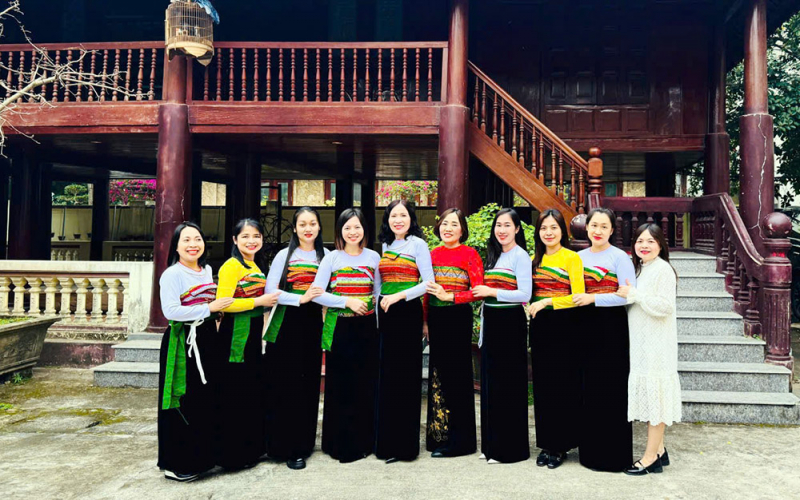
According to the Department of Ethnic Minorities and Religions of Thanh Hoa province, to achieve the above results, leadership and direction work has been implemented synchronously, drastically and systematically. Party committees and authorities have promptly issued a series of legal documents, specific mechanisms and policies, creating a unified legal corridor for the implementation of the program. The Program Steering Committee was established from the province to the commune, clearly assigning tasks to each member, ensuring close coordination in the implementation organization.
Besides, Thanh Hoa province also focuses on integrating resources, combining direction and management between different programs and projects; at the same time, seriously implementing monitoring, inspection and evaluation mechanisms.
The Chairman of the People's Committee of Thanh Hoa province directed departments, branches and localities to focus on mobilizing resources to invest in infrastructure development, improve people's material and spiritual life, preserve national cultural values, and gradually eliminate backward customs, helping people access new civilization and integrate into the community. Thanks to that, the life of ethnic minorities and mountainous areas has gradually improved significantly.
Housing and civil works are invested; schools, medical stations, and roads are solidly built. The poverty rate will decrease sharply, to only 8.6% in 2024 (down 6.73% compared to 2023); average income per capita will increase from 39.61 million VND in 2023 to 44.39 million VND in 2024.
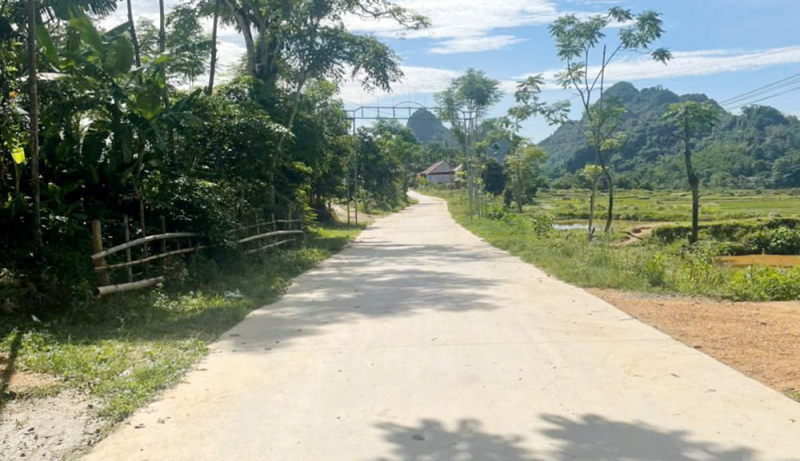
In particular, the implementation process of the Program always ensures democracy, publicity, transparency, clearly defines the support goals, and selects works and projects that are suitable to the aspirations of the people. The Fatherland Front and socio -political organizations play a good role in supervision and criticism, contributing to creating consensus and arousing the strength of the entire people. The appearance of the ethnic minority and mountainous areas of Thanh Hoa is improving day by day, bursting with new vitality.
The program has contributed to narrowing the development gap between mountainous and delta areas, improving living standards and incomes, reducing the number of particularly disadvantaged communes and villages; planning and arranging the population reasonably; forming a synchronous and inter-regional infrastructure system. Education , health care, and culture have made clear progress; the quality of ethnic minority cadres and civil servants has been improved; good cultural identities have been preserved, and backward customs have been gradually eliminated.
The set targets were basically achieved and exceeded: 100% of communes have asphalt or concrete roads to the center, 100% of villages have hardened roads to the center. 100% of schools, classrooms and medical stations are solidly built; 100% of households have access to electricity and clean water, reaching 95%.
The poverty rate in ethnic minority areas has decreased by over 3% each year; children go to school at the right age, the rate of primary and secondary school students attending class is over 99%. 98% of ethnic minorities participate in health insurance, 88.6% of pregnant women receive regular check-ups, and 99% give birth at medical facilities. Notably, 100% of villages and hamlets have community activity houses, of which 62% have cultural and artistic teams operating regularly, contributing to maintaining and spreading traditional values.
Some targets are difficult to achieve but are still being strived by localities to complete in 2025, such as: 10 communes and 159 villages are out of the particularly difficult category; raising the average income in mountainous areas to 66.2 million VND/person/year; the rate of high school students attending school reaches nearly 99%.
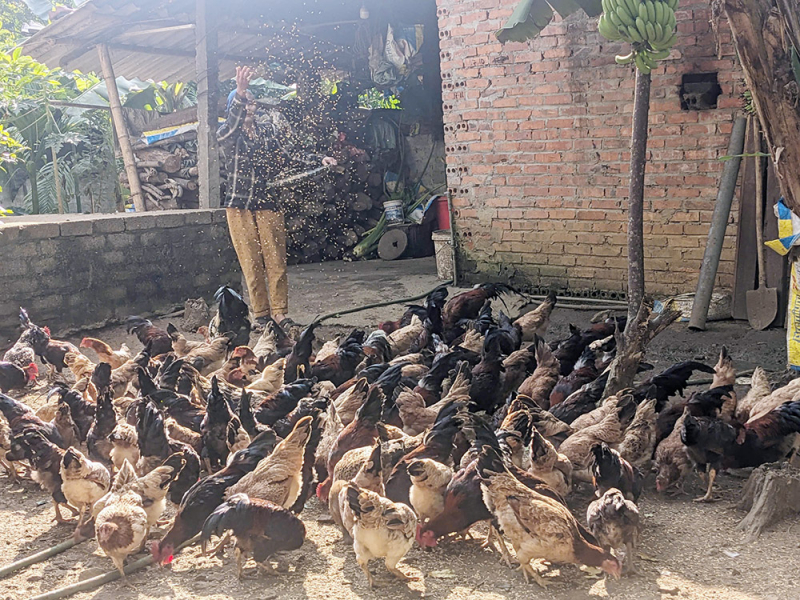
In addition to positive results, the Department of Ethnic Minorities and Religions of Thanh Hoa province also realized that the implementation of the Program still faces many difficulties and shortcomings in terms of mechanisms and resources. First of all, the Central Government's guiding documents are slow to be issued, while the content of the program for the 2021-2025 period has many innovations in mechanisms and methods. This makes the locality confused in implementation, many contents have not been able to start construction even though capital has been allocated.
The Government's issuance of two Decrees (27/2022/ND-CP and 38/2023/ND-CP) in a short period of time has caused overlaps, and some regulations are not suitable for reality. For example, the requirement for localities to issue many separate regulations (Article 40) while there are no specific instructions; regulations on the ratio of investment projects under special mechanisms have not been clarified, leading to difficulties in making medium-term public investment plans. In addition, development investment capital is allocated late, affecting construction progress. Resolution No. 111/2024/QH15 of the National Assembly, although creating a new legal basis, still lacks detailed instructions, leading to difficulties in application.
In particular, the component projects in the Program still face their own difficulties: Project 1 - Solving the shortage of residential land, housing, production land, and domestic water: The support level of 40 million VND/household for residential land is low; housing support only applies to households building new houses, not to households repairing; the production land fund is exhausted, the support level of 10 million VND/household for machinery and agricultural tools is too low compared to reality.
Project 3 – Sustainable development of agricultural and forestry production: Circular 55/2023/TT-BTC has not yet stipulated funding for forest protection inspection and acceptance; regulations on beneficiaries of support for production development along the value chain are not unified, causing slow capital disbursement.
Project 5 – Education and training development, human resource improvement: There are no guidelines for teaching illiteracy eradication; school investment standards are still low, not including auxiliary items such as corridors, stairs, fire protection. Meanwhile, the work of fostering ethnic knowledge and university preparatory training is facing difficulties due to the lack of facilities that meet the required conditions, affecting the effectiveness of training ethnic minority cadres.
Project 7 – Health care, physical improvement: Regulations on the subjects of implementation are not consistent between documents, causing difficulties for localities when choosing implementing units. Project 9 – Investment in socio-economic development of ethnic groups still faces many difficulties: There is no specific support level, the form of support (direct or through preferential loans) is not clearly defined, causing localities to be confused when applying.
The objective reason is that the Program has complex integrated content, involving many fields, many ministries and branches participating, while the Central guidance is issued slowly and not synchronously. The natural conditions of Thanh Hoa mountainous area are harsh, the terrain is fragmented, transportation is difficult, and natural disasters are frequent, causing many obstacles in the construction of civil works and infrastructure.
Subjectively, some localities are still lacking in determination in directing, still waiting and relying; investment preparation work is not thorough, leading to slow disbursement progress. Newly implemented projects need time to complete procedures, while the time for the 2021 - 2025 period is not much left.
From that reality, Thanh Hoa has drawn many important lessons: it is necessary to attach responsibility to the leader in directing implementation; promote the role of the community, people know - people discuss - people do - people inspect; prioritize investment resources with focus, avoid spreading; effectively integrate with the New Rural Development Program and sustainable poverty reduction.
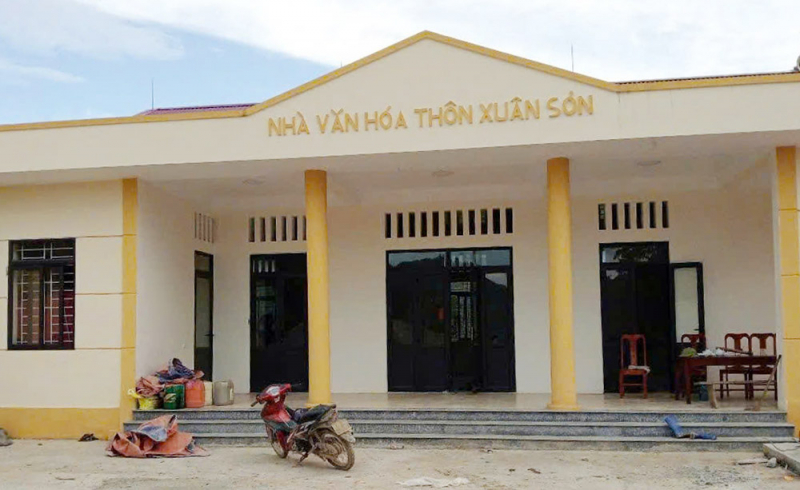
In order for the National Target Program on Socio-Economic Development of Ethnic Minority and Mountainous Areas to achieve sustainable and substantial results, Thanh Hoa recommends:
Firstly, it is recommended that the Government and the Prime Minister direct ministries and branches to soon have appropriate support policies for communes and villages that have escaped the category of special difficulties but whose people's lives still have many shortages, ensuring that they continue to enjoy social security policies such as health insurance, education, preschool, and policies for cadres in difficult areas.
Second, it is necessary to increase investment resources, focusing on key areas with high spillover effects such as developing essential infrastructure, supporting livelihoods, vocational training, creating jobs for people, helping them to sustainably escape poverty.
Third, it is recommended that the Ministry of Ethnic Minorities and Religions promptly develop and submit to the Government the demarcation of ethnic minority and mountainous areas for the 2026-2030 period, ensuring criteria consistent with reality; issue criteria to identify ethnic groups with special difficulties to have policies to support the right subjects. At the same time, ethnic policies in the new period should expand the scope of beneficiaries, not only focusing on areas with special difficulties but also covering areas at risk of falling back into poverty, in order to create even and sustainable development.
Fourth, recommend the Ministry of Agriculture and Environment to study and amend the new rural criteria to suit the mountainous conditions; create motivation for the mountainous communes to strive to meet the standards, improve people's lives, contribute to strengthening national defense and security, and maintain the great national unity bloc. The national target program for socio-economic development in ethnic minority and mountainous areas is not only a strategic policy but also a profound humanistic commitment of the Party and State to the Vietnamese ethnic community.
In Thanh Hoa, from policies to actions, from newly opened roads, solid schools, spacious houses to the smiles of people on the fields, all are proving a strong transformation. Although there are still difficulties and obstacles, the belief and aspiration of ethnic minorities to rise up is becoming a valuable internal resource, contributing to building Thanh Hoa homeland to be increasingly rich, beautiful and civilized.
Source: https://cand.com.vn/doi-song/de-an-1719-lam-doi-thay-vung-dong-bao-dan-toc-thieu-so-mien-nui-thanh-hoa-i784912/



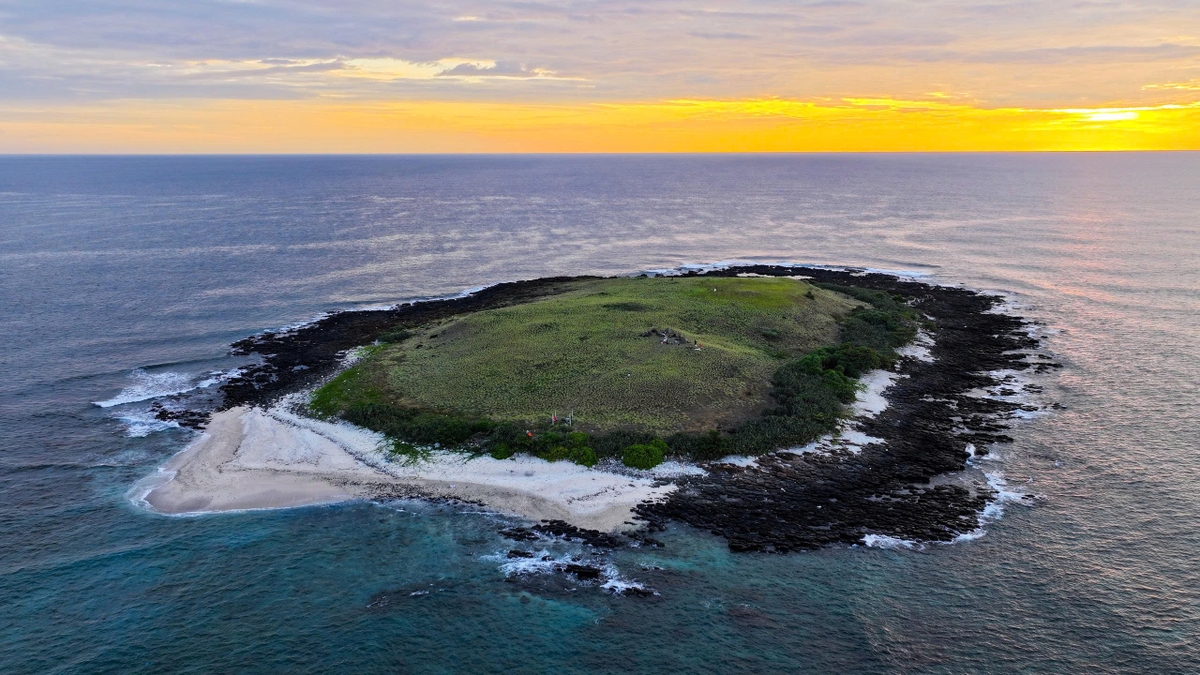



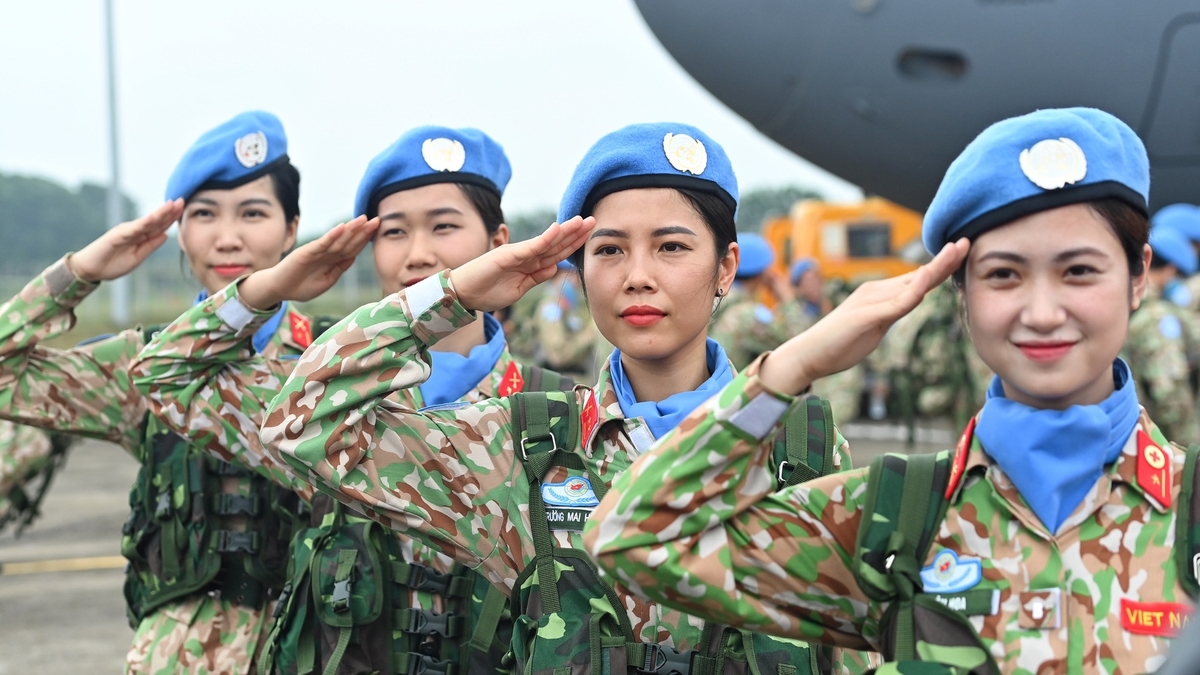


![[Video] Secret Garden and “Whisper of Love”](https://vphoto.vietnam.vn/thumb/402x226/vietnam/resource/IMAGE/2025/10/19/1760847088936_7131939085531-frame-at-0m6s-jpg.webp)


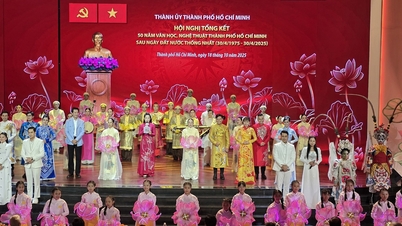


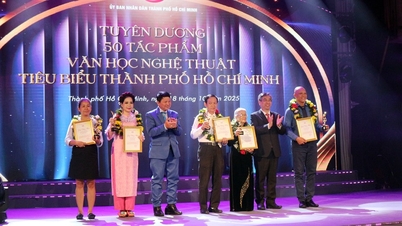





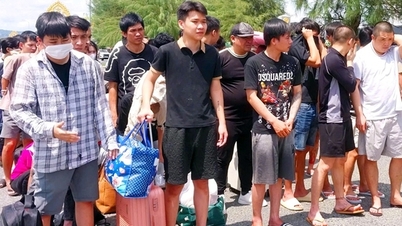

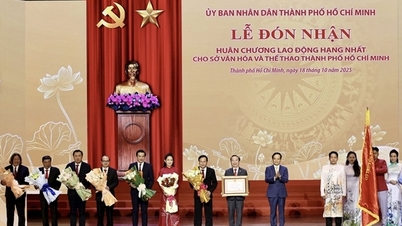


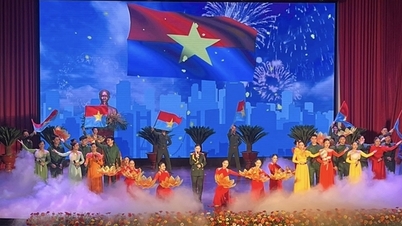















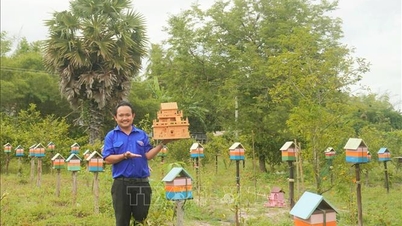























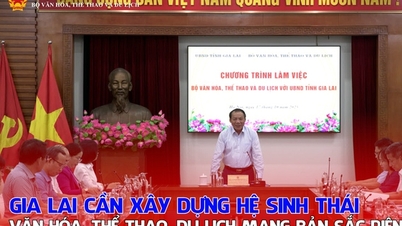

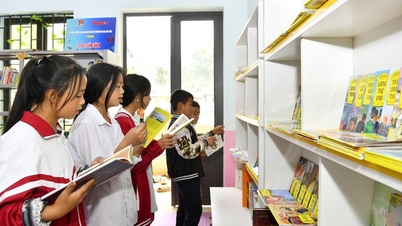




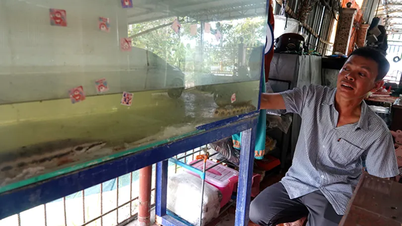





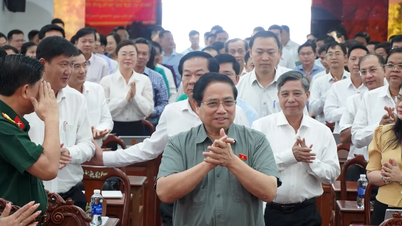
















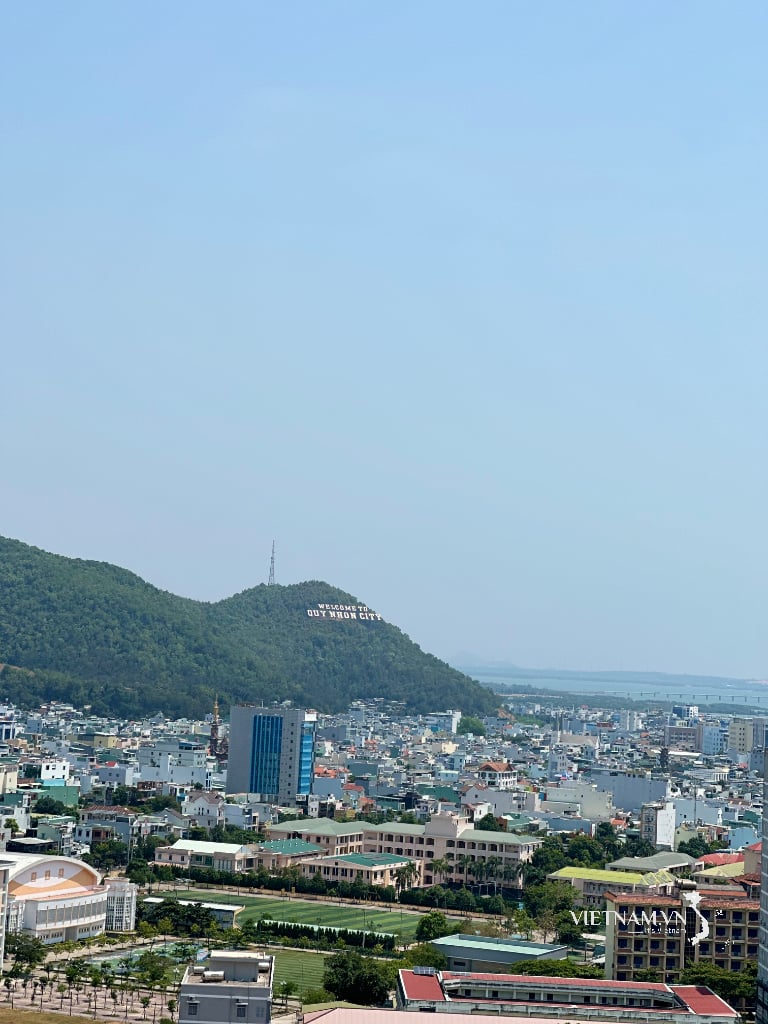
Comment (0)